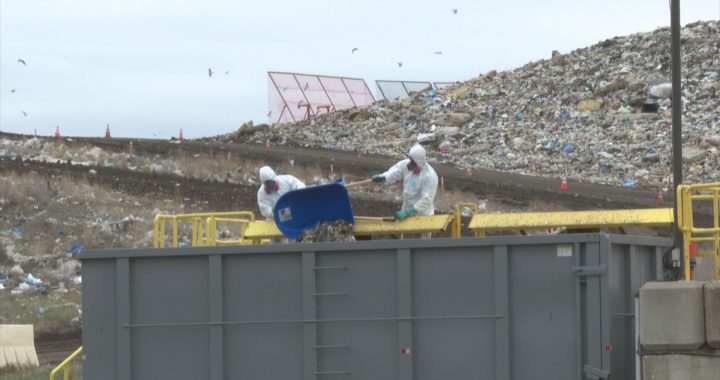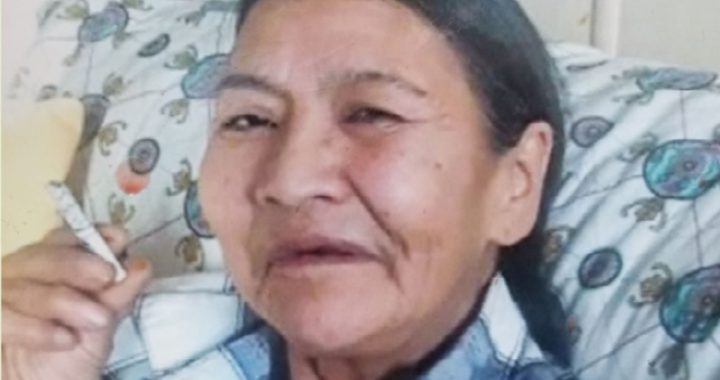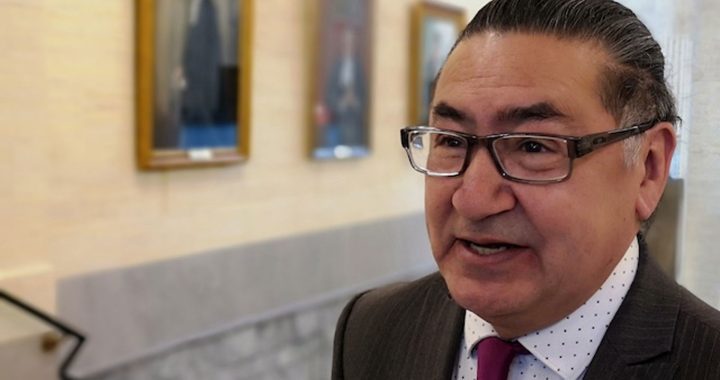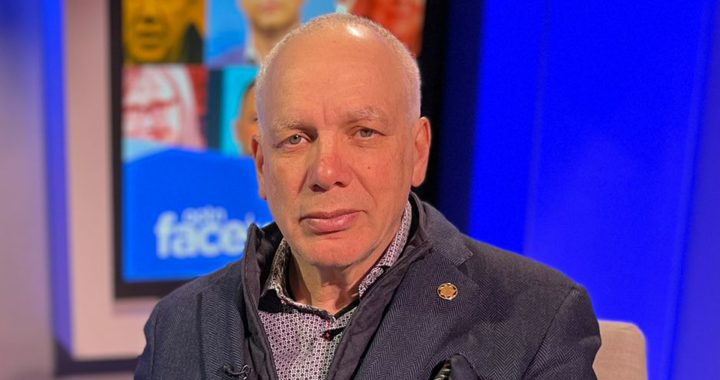When Harvey Satewas Gabriel first heard reverend John Angus deliver a church service in Mohawk in 1957, he was left in awe.
“He could read the bible, and translate the bible as he was talking. So, I was so amazed. And I said to myself, ‘I wonder if I’m ever going to be that smart. To translate God’s words like he is doing,’” Gabriel recounted during a recent interview at his home in the Mohawk community of Kanesatake.
Once home, Gabriel asked his mother, Gladys Jacobs, a residential school survivor, why they didn’t have a bible in Mohawk.
“She said, ‘Oh, that is a big project. Who is going to translate it?’ And that word stuck with me for a long time,” he said.
A few weeks ago, community members gathered at the United Church to celebrate the publication of the first-ever complete Mohawk translation of the bible – an incredible achievement 17 years in the making.
“My mother always told us never to speak another language except the one you were born with because the creator gave you that language,” Gabriel said.
For Gabriel, the Mohawk Bible is a testament to his passion and dedication to his language.
He first started translating passages from the bible around 1980 when he was asked to give readings in Mohawk at the church. Then, in 1999, three retired teachers from his sister community of Kahnawake invited him to translate Second Corinthians.
“I took (chapters) four, five and ten to the finish. And I did it faster than anybody,” the elder said with pride.
Once the project was over, Gabriel decided to continue to translate the bible on his own, spending countless hours in his workshop going verse by verse.
“I translated the Book of Job – Job is my favourite book.”
And as time went by, his translations began to pile up on and ended up sitting on a shelf for a few years.
“The director of the Montreal Canadian Bible Society called me. He says ‘How are you doing?’ I said ‘I’m in a very bad dilemma.’ He said ‘Why?’ I said ‘You know my translation is just pilling up on the shelf going nowhere,’” Gabriel said.
The society ended up paying for part of the project and also connected Gabriel with a Biblical language scholar who verified the accuracy of the translation.
“I read to him my Mohawk and then I had to translate back to English. All of a sudden, he stopped and kept looking at me. He kept looking at me,” he said. “All of a sudden, he said, ‘Brother, your translation is side by side with the Hebrew.’”
But more money was needed to finally complete the project. Gabriel’s wife reached out to the United Church of Canada Foundation, which was eager to help.
Royal Orr, a board member for the foundation, said that their involvement is an important step towards reconciliation.
“It just seemed so impressive as a work and important for the future of the Mohawk language,” Orr added.
In fact, the Mohawk bible is already in high demand. Lisa Phillips, executive director of the Kanien’kehá:ka Onkwawén:na Raotitióhkwa Language and Cultural Center in Kahnawake, said that she has already contacted Gabriel to acquire copies of it.
“We are always excited when we see new resources for the language and in the language because as anybody who is a language learner, language teacher, anybody who is involved with language will know is that one of the biggest challenges that we have is accessibility to resources,” Phillips noted.
The 83-year-old Elder is now planning on recording himself reading the mohawk bible.
“I keep telling the young people, ‘If you don’t have your language, you have no identity.’ That is my identity. I speak the language,” he said.









